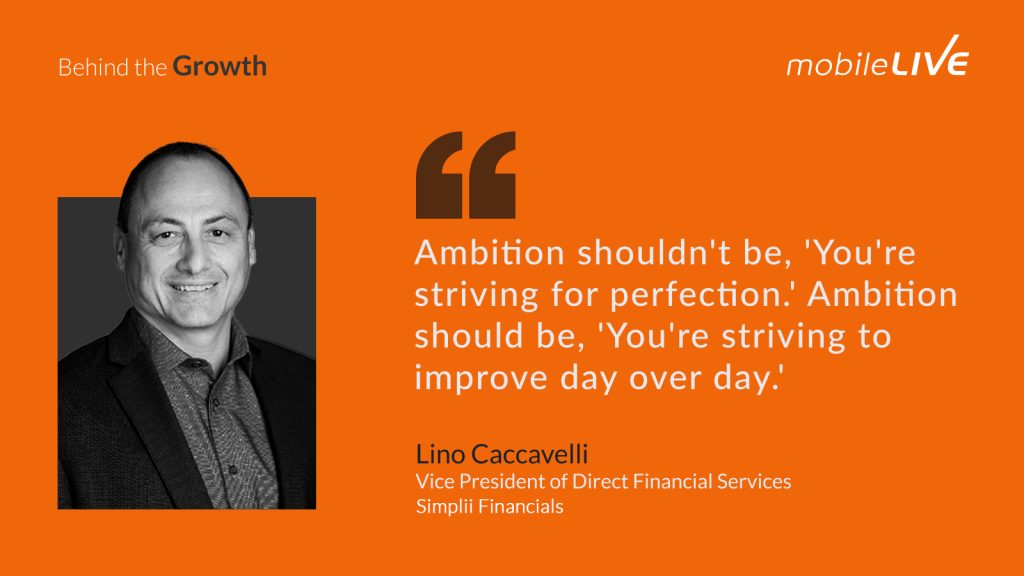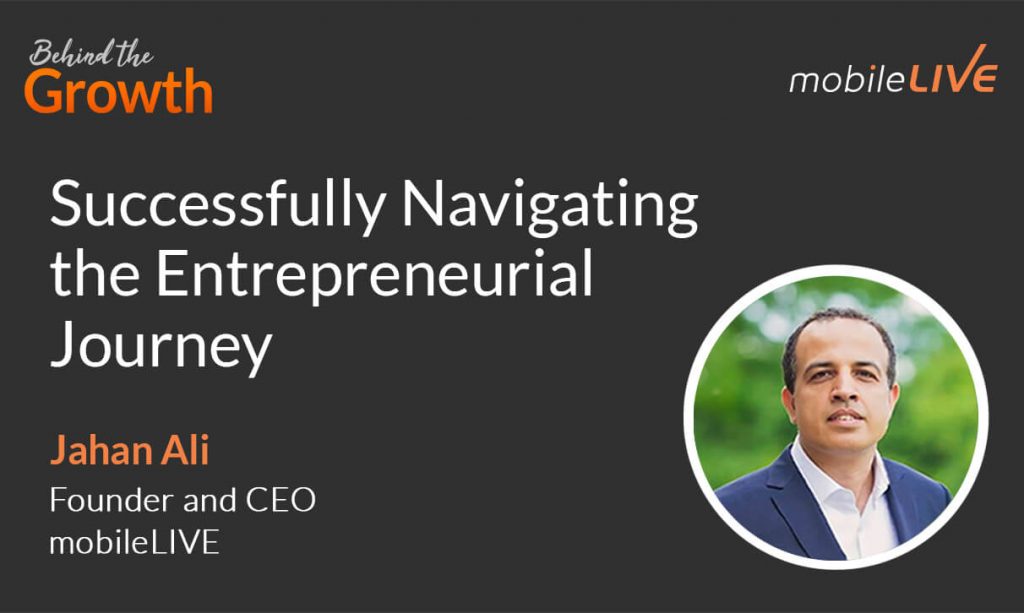Key Insights
Every young professional deserves a good mentor — someone with professional experience and the patience to provide the support a new hire needs in those initial days. “I was fortunate in the sense that in my first few jobs, I was given the time; and time being the most valuable asset, I was given the time of some seasoned senior people who mentored me. […] People would spend half their time of day with me. I would follow them around; they would always be there for questions. And after a while, you stop asking questions and start doing, and they start monitoring. So I was blessed in the sense that I had some great mentors who helped me learn the basics in programming, and I got a lot of opportunities to get hands-on and develop but also learn things about systems.”
A good team is a prerequisite to growth. You can have the best technology and the most talented individuals, but it is teamwork that makes the needle move in the desired direction. However, as Lino says, a good team mirrors a high-quality leader who knows how to bring all the pieces together, including the people, tools, and processes — and collaborate with other teams and their leaders to deliver the expected. “It’s not just about delivering a project or delivering the software; it’s about, ‘Okay, how do we grow and keep growing?’ […] So I try to make sure that I have leaders — like if you’re thinking of a squad or a team, you anchor those leaders on, ‘Okay, I have good, solid leadership in design, good solid leadership in delivery, and good solid leadership in operations.’ How they intermingle and collaborate becomes a key ingredient to building success.”
Companies must be more data-driven. Otherwise, they risk enabling critical information to slip through the cracks. Such an omission severely influences growth. “Being able to track your data over time allows you to get perspective. And then you can quickly look at it and go, ‘When we do this over a period of time, we are seeing growth.’ The opposite is true as well. It’s like, ‘Hey, we’ve tried this now a couple of times — tactics A and B — and we’re going sideways. We haven’t improved our speed of delivery. We aren’t achieving the product results we expected by doing X, Y, Z.’ So the key is — if you’re always sampling the data and you can marry the emotional side of ‘I want to get better’ and ambition with the pragmatic data side, you can deal with some of those pain points that you might get in trying to build a high-performing team.”

Episode Highlights
From Carpentry to Software Development
“My dad was a carpenter. So for me, growing up, weekends were spent working with my father and repairing chimneys, working on home renovations, or doing driveway repair. And when you build things, you have to understand how they fit together.
My parents raised us all the same way. When something breaks, you try to fix it. So again, to fix something, you need to have those basic skills of, ‘Well, how does this thing work?’
So rewind a little bit into the 1990s. I’m in university trying to figure out my path. It’s the advent of the internet, and as I started to take a few courses, it clicked for me. Software development was a logical choice.
Now, looking back to the same tenets, whether you’re building something from a physical software perspective to building something in the real world through construction, there’s planning, designing, and building. So, how does this thing work? So that’s how I got into programming.”
The Challenges of Building a Team
“Each team can have different configurations and makeups, but you need a leader and some strength in design and architecture. How are we going to build things? What are the frameworks? Again, very similar to the construction […]
Some of the challenges from a global perspective are appreciating culture. […] Early on, when we’ve had various partners in different geographies, making sure that you could travel out, meet with the people, build a relationship, and understand some of the cultural nuances and individuals within the team was a challenge.
But in recent COVID times, it has been something that we’ve tried to mitigate by doing things that involve the use of technology. So doing things more virtually has allowed us to build those bridges and do things that aren’t just working together but also socializing and recognizing each other.
The other thing that’s a challenge is finding that line. The analogy I would use is a Formula One driver. You can go fast; your goal is to go as fast as possible, right on that edge. If you go too fast, you’re probably giving something up; you’re going to skid off. And if you’re going a little too slow, you’re not going to get where you need to go.
So the other aspect is finding that balance where you are able to keep growing, and you need the data and the metrics behind it to say, ‘Are we improving? Can we go faster? How do we go faster?’ So you need that ability to look at the data and track growth.”
Characteristics of a Good Leader
“When I’m looking for leaders, […] I look for ambition and look for people who are generally not happy with the status quo. […] In a team where you want to grow and improve, the leader has to have that dimension of being ambitious, not settling but pushing, ‘Okay, we did this. What do we do next?’
The other element is the human side; people talk about EQ or emotional intelligence. The landscape’s changing, and the demographics are changing. The makeup of our teams is changing. We’re using software providers a lot more. We’re using partners a lot more.
When you have a hybrid or distributed team, the ability of that leader to motivate, connect, soothe things sometimes, pull people into a room and say, ‘Hey guys, we need to work through this.’ That’s a key skill, and it’s going to become more important as the shape of teams changes over the next little while.
The other question I love to ask during interviews is how they measure their team’s performance. So I’m looking for people who have some KPIs or some metrics.
The last ingredient is they have to be doers. It’s great to look at the data. It’s good to have goals, but at the end of the day, you have to be able to put those all together and execute.”
The Role of Tech in Today’s Business Climate
“It is a relationship; it’s never been closer now than I’ve seen in my 20-plus years of working in software development with businesses. So our culture is very much business and tech side by side.
We don’t call ourselves business and tech. We all sit together and work. That relationship and having that fluidity is critical. […] I don’t see a successful scenario in the future if you don’t have that close relationship.
[However,] it can create uncomfortableness. I remember starting and working closely with business partners, sitting in business meetings, and absorbing marketing plans and client feedback and all that kind of stuff.
But, at the same time, what makes it fun is that businesses are also becoming more tech-savvy. So you have to feel comfortable because you’re almost co-owners of whatever business or product you’re developing.”







